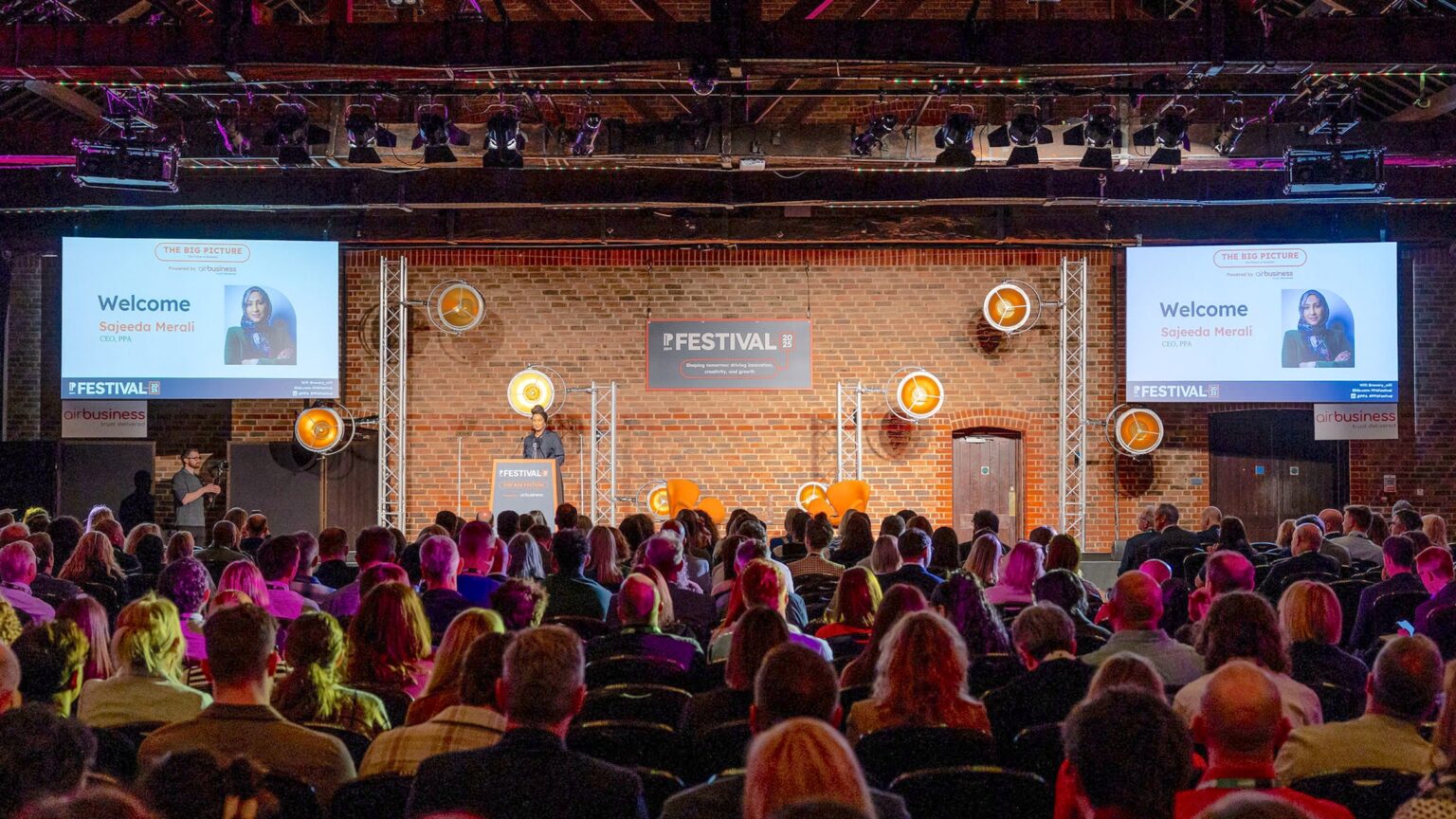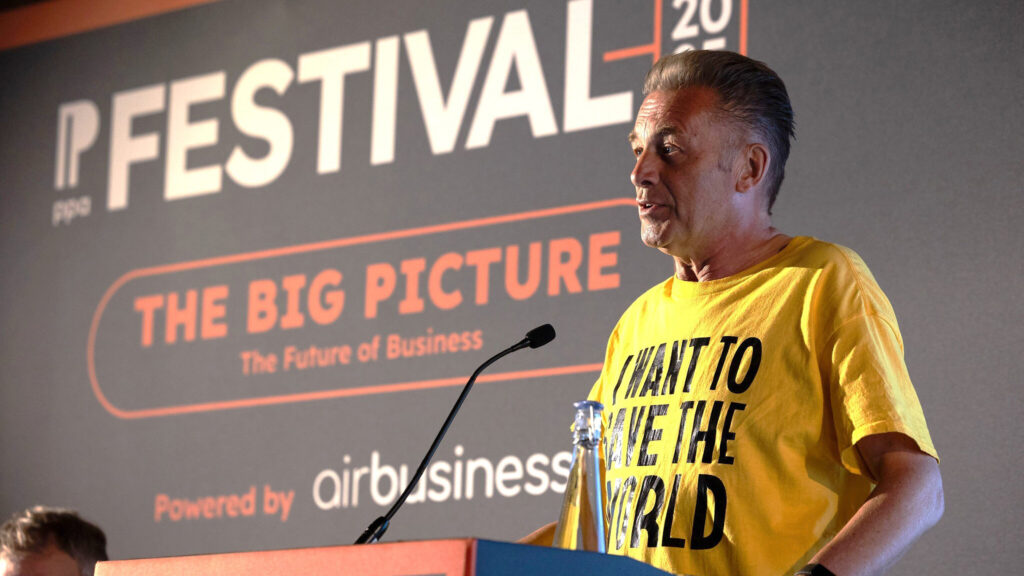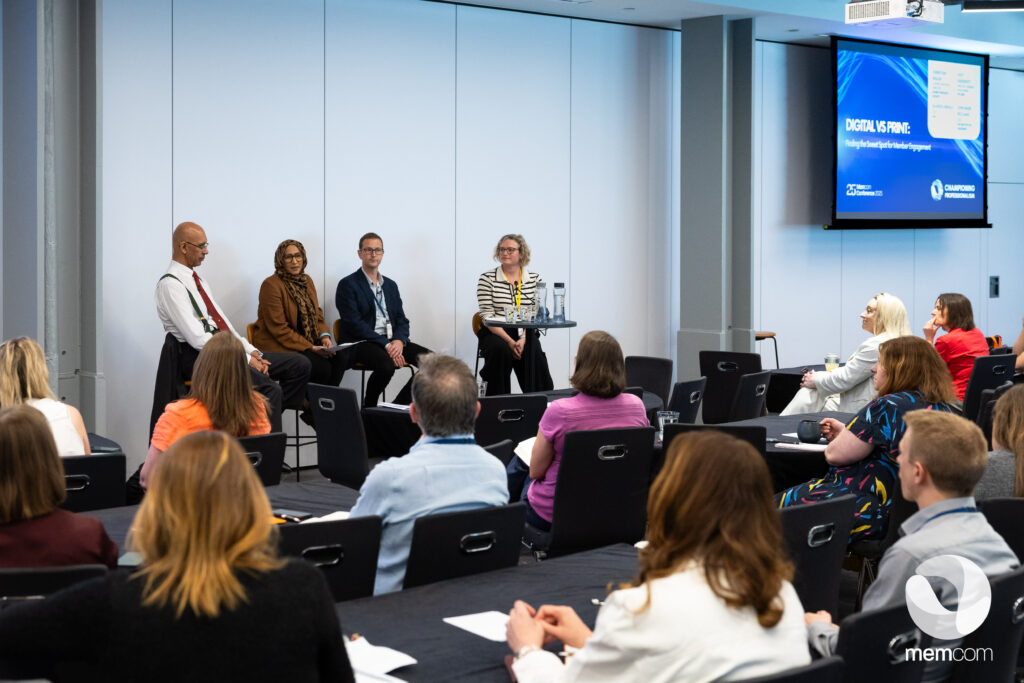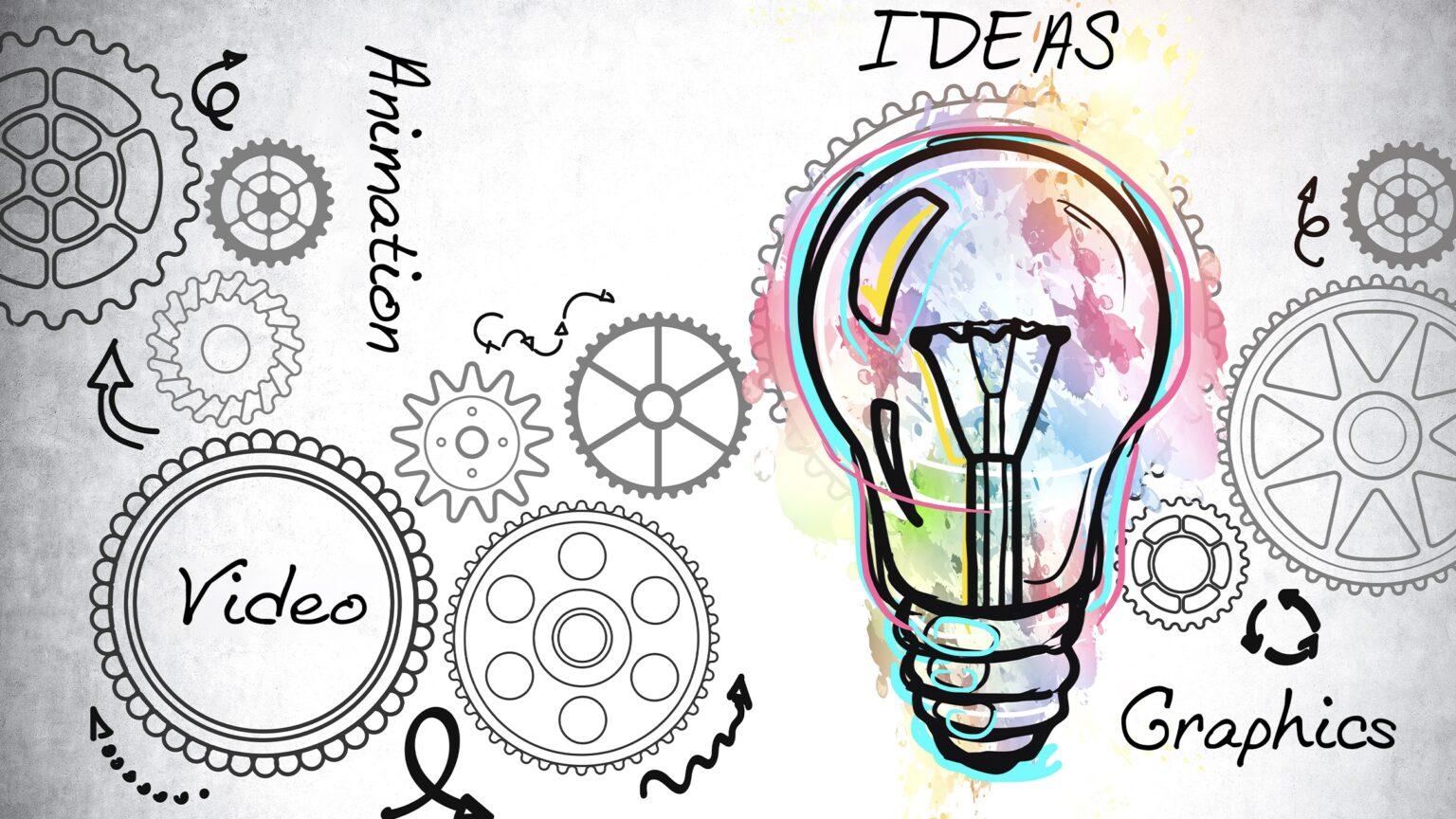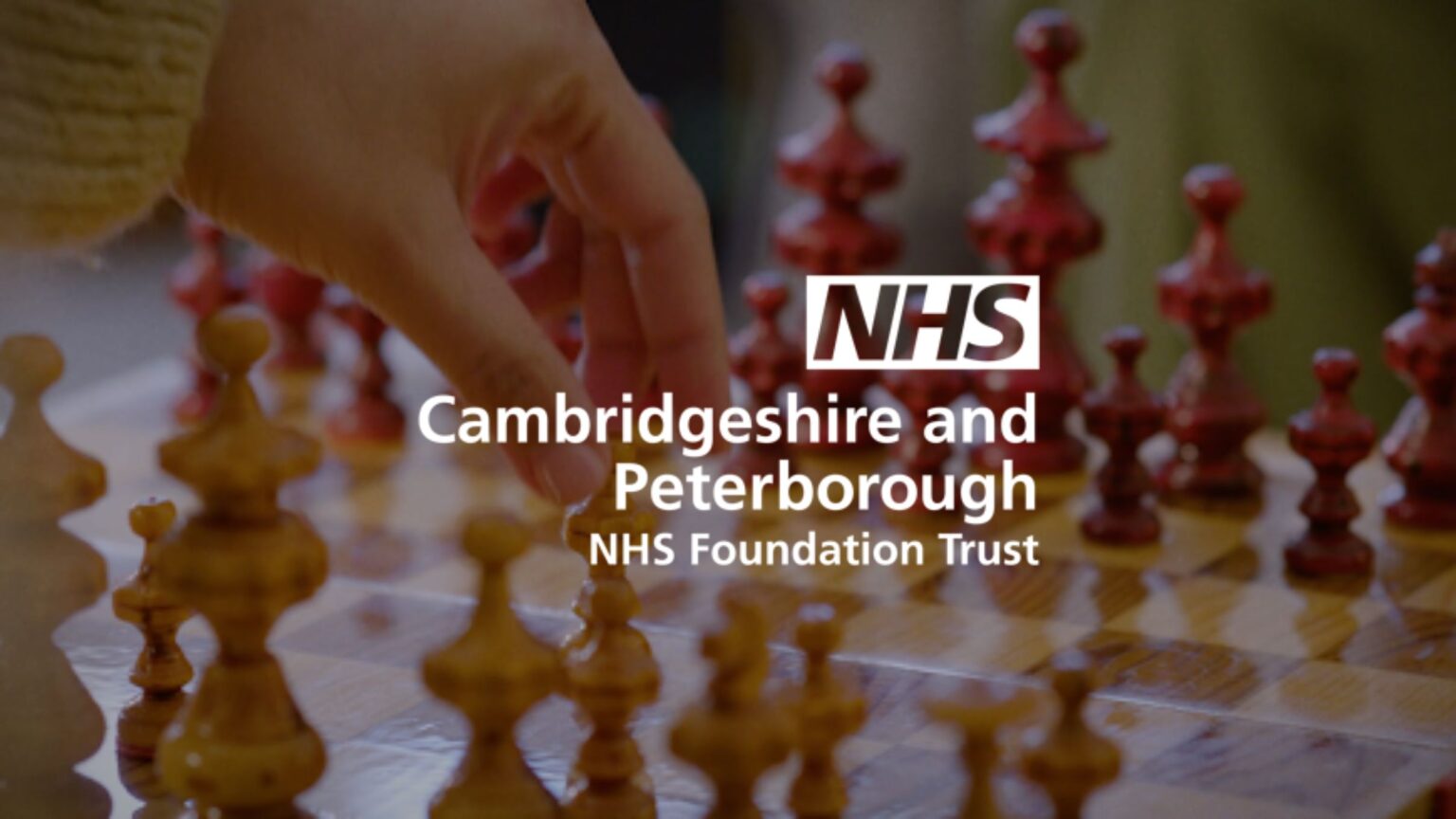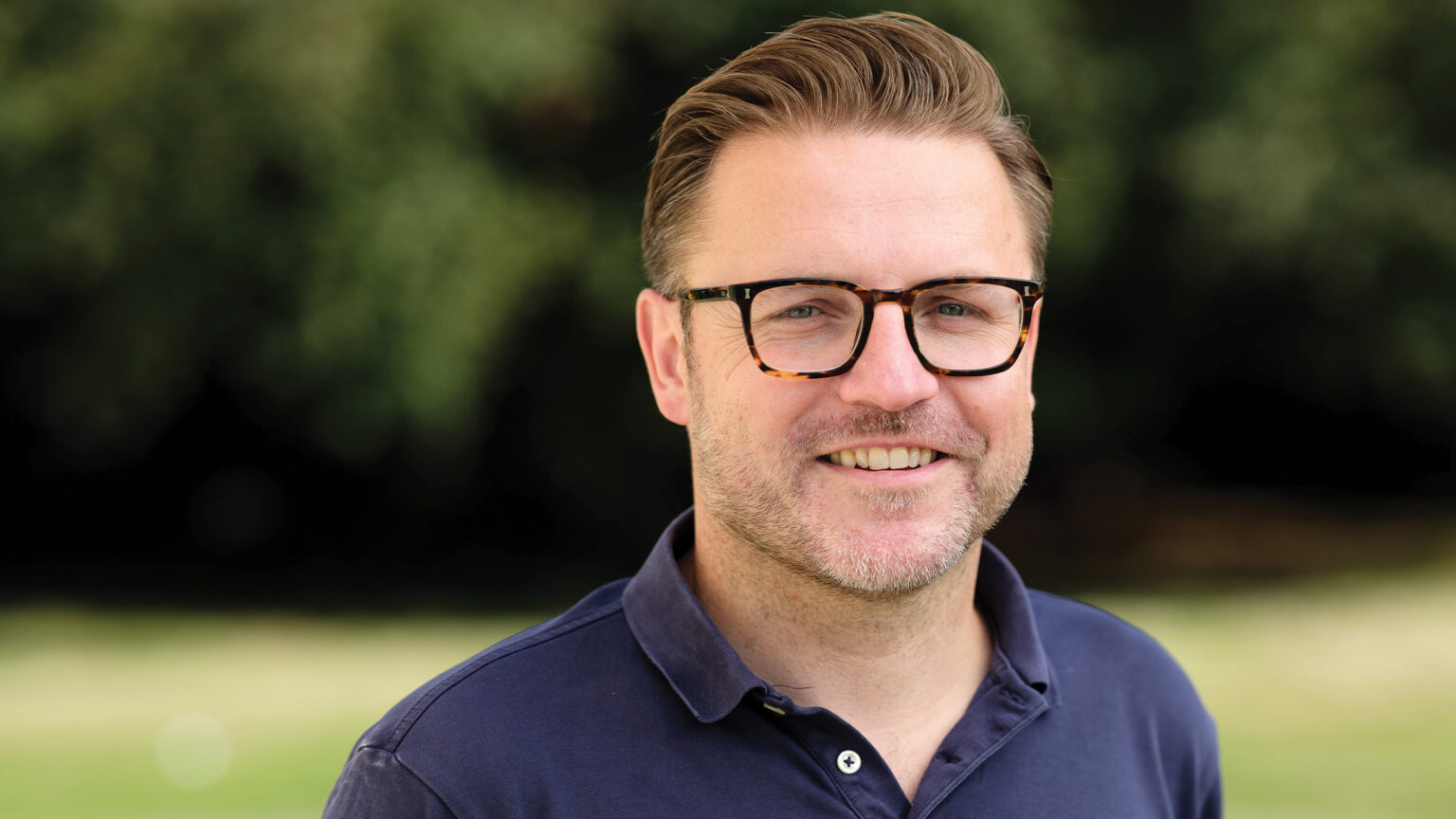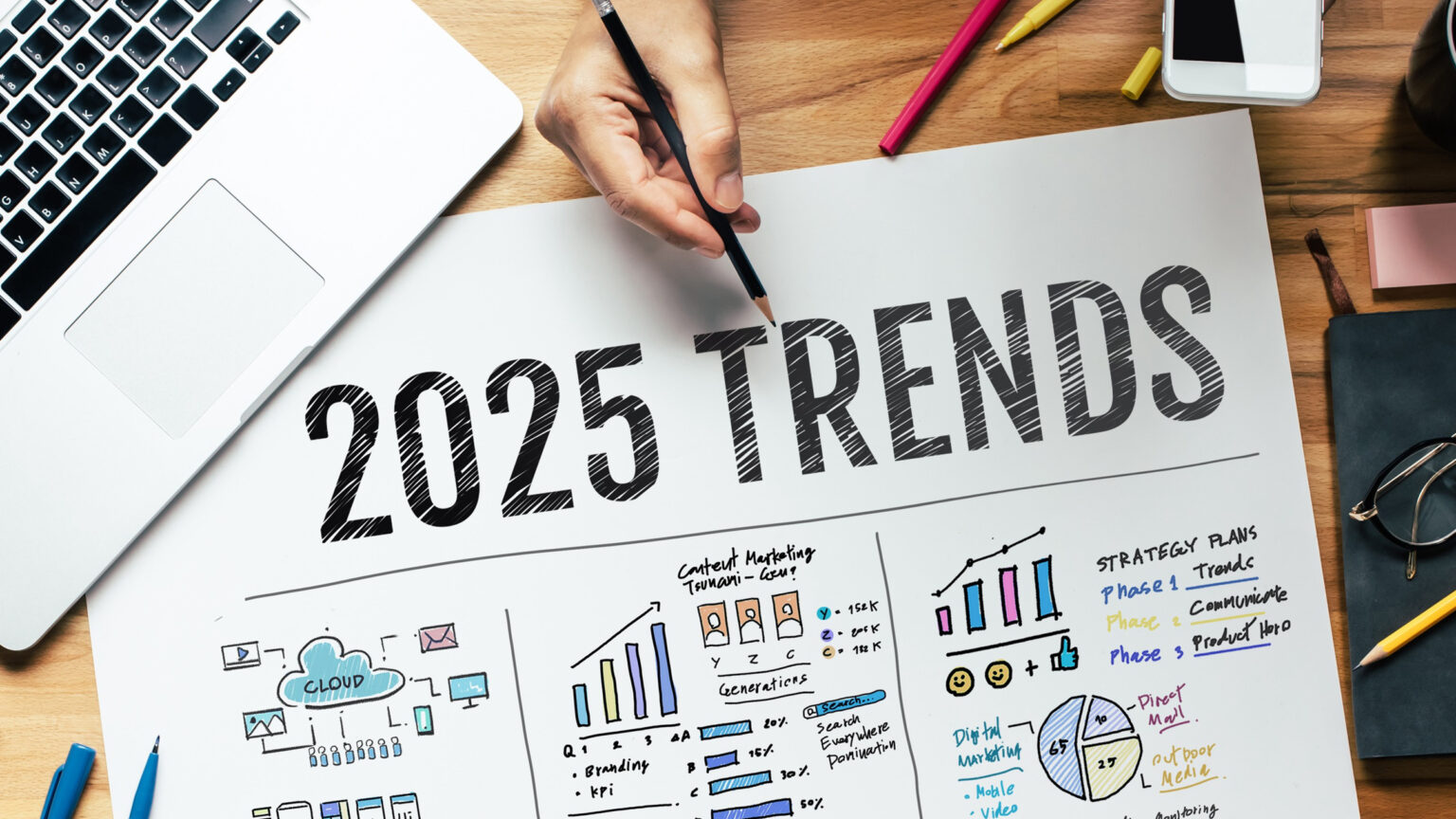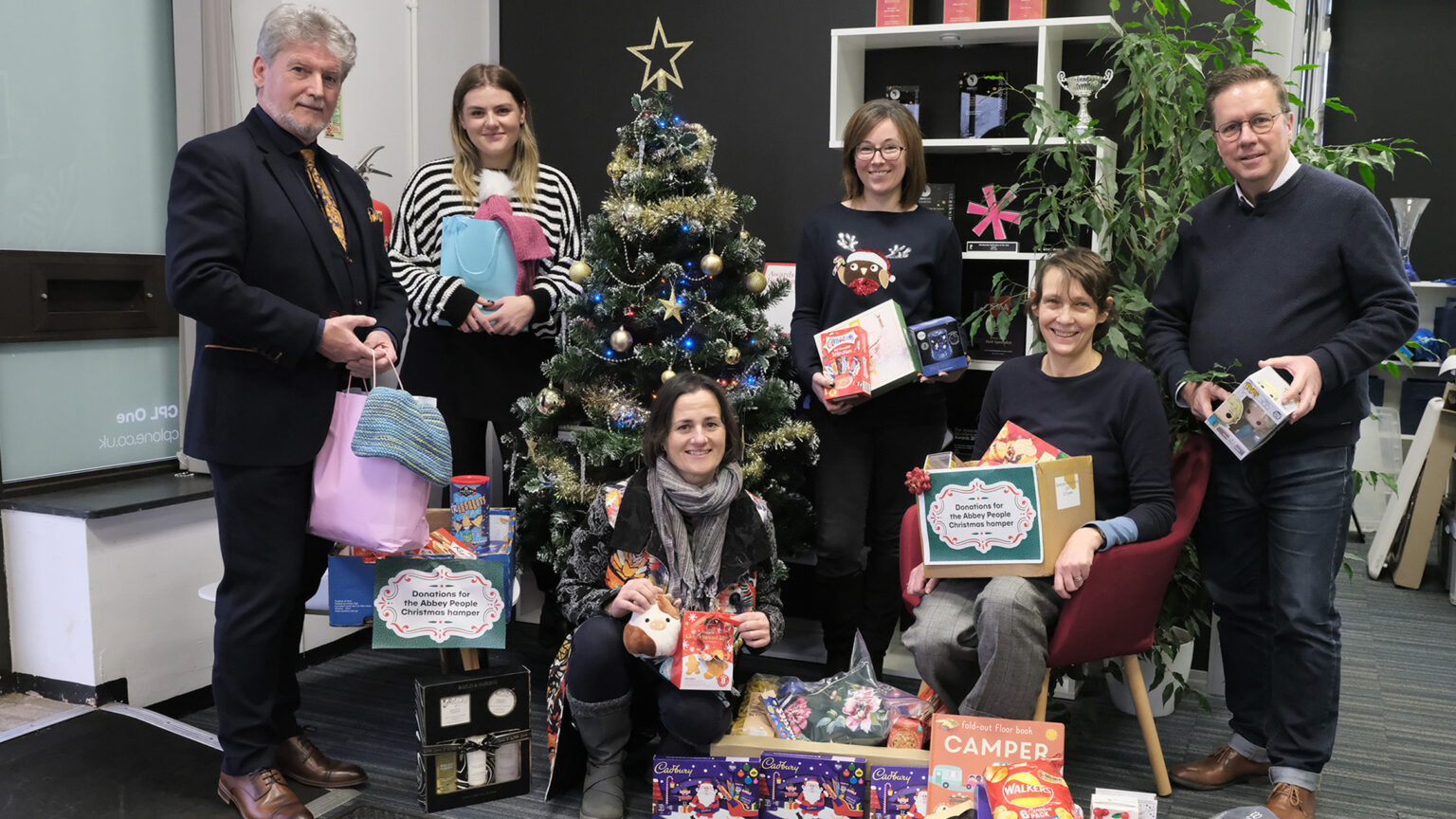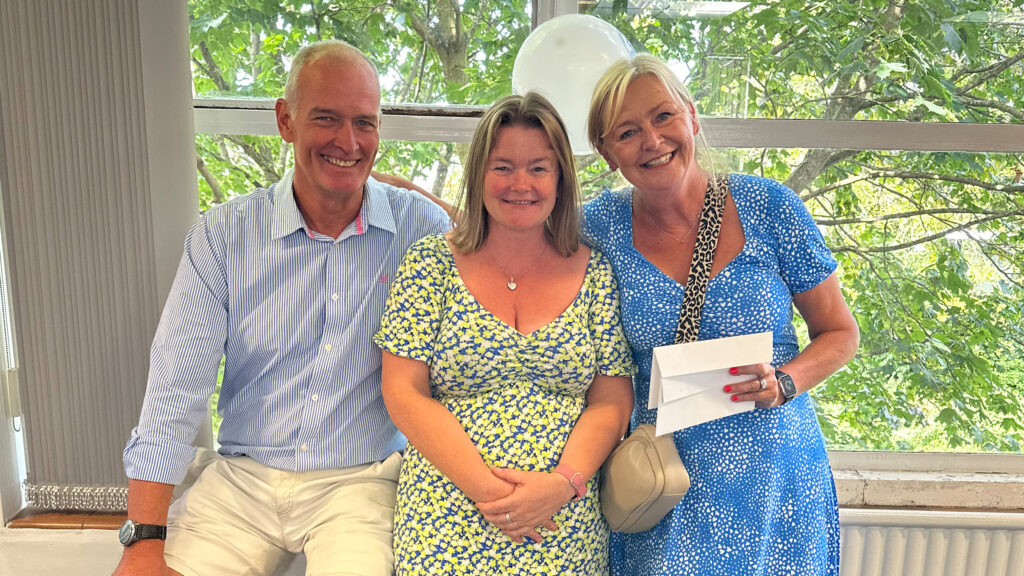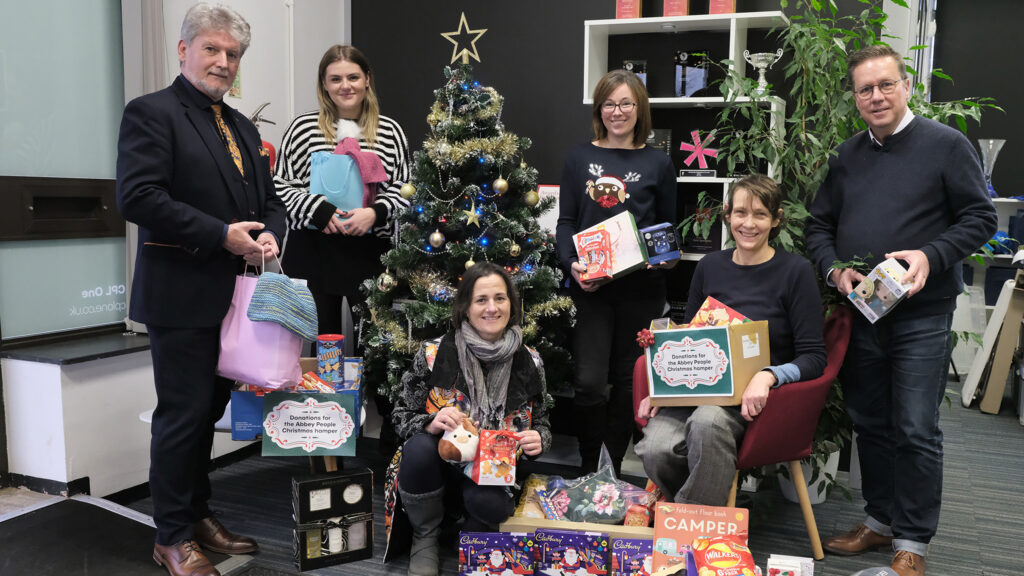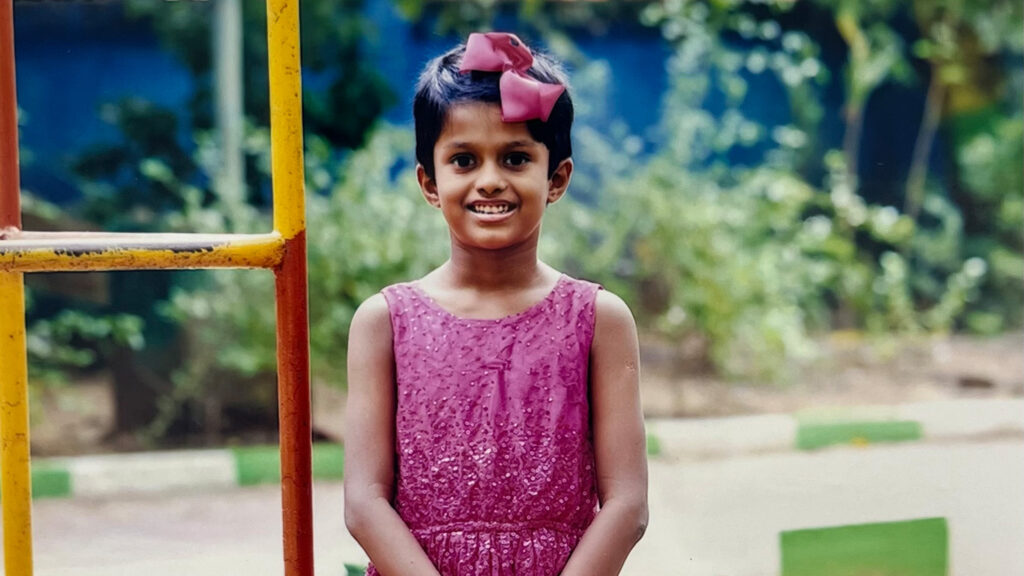Visuals dominate digital strategies, but audio is where engagement is quietly taking hold. Podcasts, sonic branding and smart audio choices can help brands cut through the noise, says Alex Lamb.
Listen to an audio version of this post:
We live in a world built for the scroll. Visuals dominate, videos autoplay, and everyone’s trying to stop thumbs mid-swipe. But amid all this noise, it’s easy to forget that sound plays just as powerful a role in capturing attention.
Audio is fast, emotional and surprisingly underused.
The case for audio
Sound hits differently. It bypasses the filters we use to judge visuals and taps straight into memory and feeling. A podcast intro, a voiceover, a few seconds of well-crafted sound – these stay with people, even when the screen is off.
According to The Infinite Dial UK 2025, by Edison Research and Triton Digital, 39% of UK adults (about 19 million people) listen to podcasts each week. Meanwhile, 74% of UK adults tune into online audio weekly, showing that sound has become a key part of our daily routines.
Ofcom’s 2025 Audio Survey also shows that 28% of 25 to 34-year-olds, and 30% of 35 to 44-year-olds, listen to podcasts weekly, often using voice assistants or smart speakers. These stats point to a clear change in how the UK consumes content, beyond just the visual.
It’s not just a trend. It’s a shift.
Where to start
Podcasts are more than a platform for expert opinions. They offer long-form, uninterrupted access to your audience’s attention. Done well, they build trust and familiarity.
Sonic branding is about creating a ‘logo for the ears’. Think of the Netflix ‘tudum’ or the tone that plays before the BBC news. These short, punchy sounds are emotional triggers and make your brand instantly recognisable.
Voice and tone are just as vital as your visual identity. Is your brand confident and clear? Warm and approachable? The right voiceover and delivery create a consistent personality that people remember.
Short-form audio is easy to overlook, but incredibly effective. Background sounds, vocal hooks or audio stings can bring TikToks, Reels or Stories to life.
Accessibility is another key benefit. For neurodivergent audiences and visually impaired users, audio can be more engaging than visuals alone. Clear narration, transcripts and thoughtful sound design help more people connect with your content.
Why it matters
Everyone’s chasing attention, but visuals alone won’t always grab and hold it. People listen while they do everything else – walking, gardening, cooking, driving, working. Sound lives in the background, quietly reinforcing ideas and identity.
And unlike most content, audio lasts. A good podcast builds momentum long after its release. A memorable soundbite becomes part of your brand’s personality.
What we’re hearing
At CPL One, we think more brands should sound like themselves, and we work with clients to define and develop their audio identity. We’ve launched bespoke podcasts, produced award-winning series, and edited behind-the-scenes exclusive interviews with some of theatre’s biggest names, including Sir Ian McKellen and Brian Cox. On certain projects we’ve even used AI software to clone client voices – with their permission of course! – for specific use in AI-themed videos and conferences.
Because in today’s crowded content landscape, being seen is good. But being heard? That’s what makes you memorable.
If you want audiences to listen to what you have to say, get in touch to find out how we can help.


